Phoenix, AZTop Climate Change Risks: Heat, Flood, Drought
Risk Snapshot
Climate Change Hazard Ratings for Phoenix, AZ
Ratings represent risk relative to North America. 100 is the highest risk for the hazard and 1 is the lowest, but does not indicate no risk. Flood and fire are rated based on the buildings in Phoenix exposed to these hazards. See hazard sections below and check your address for details.
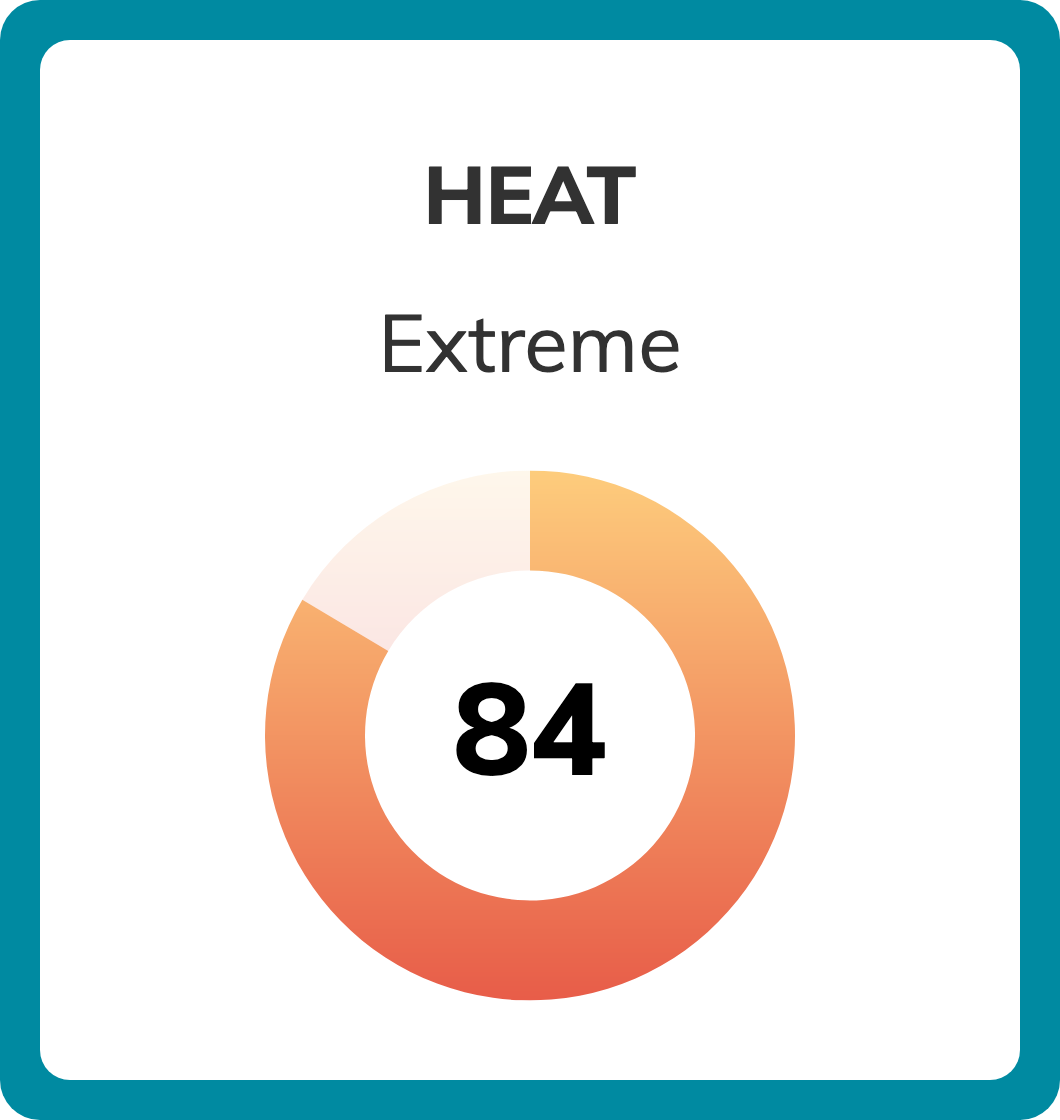
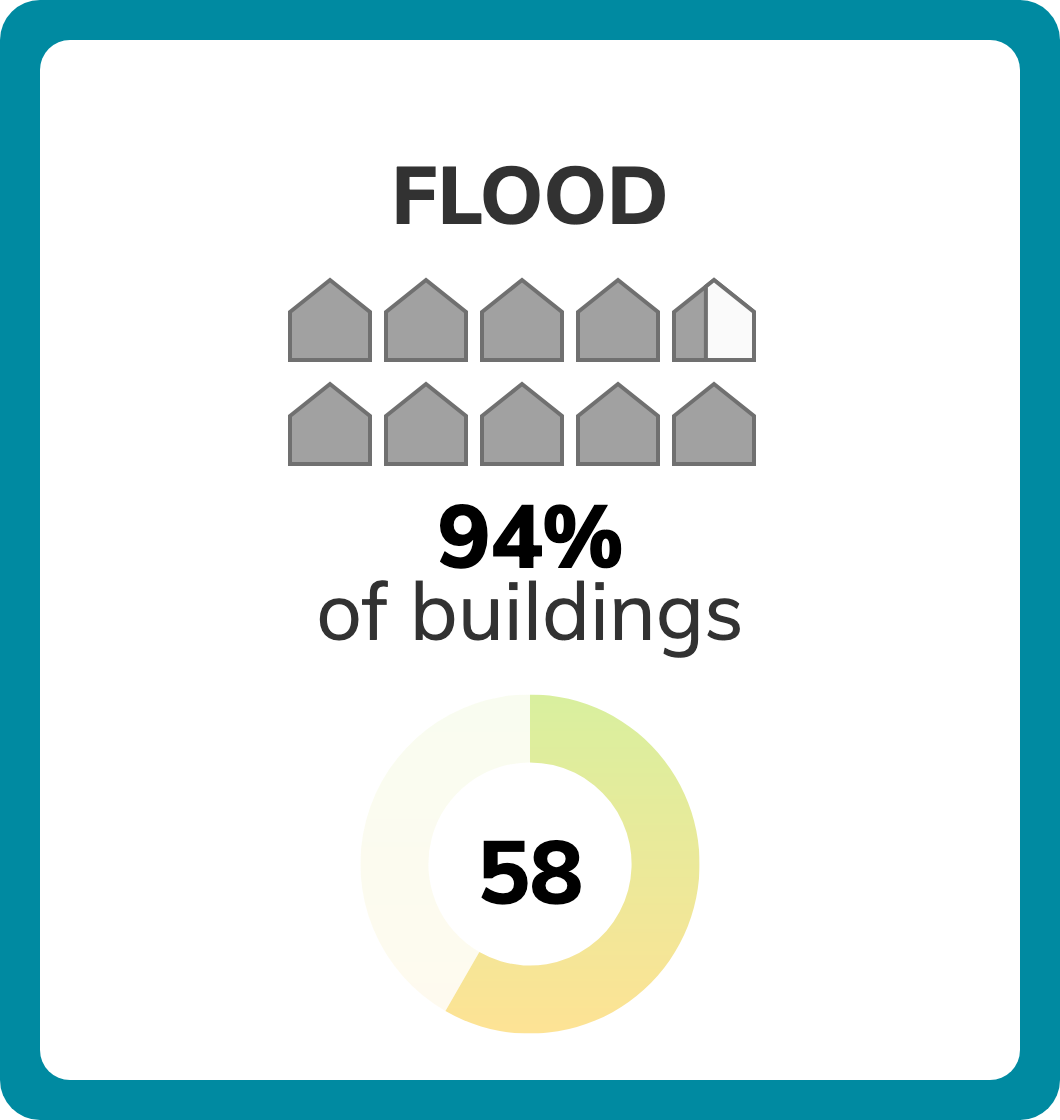
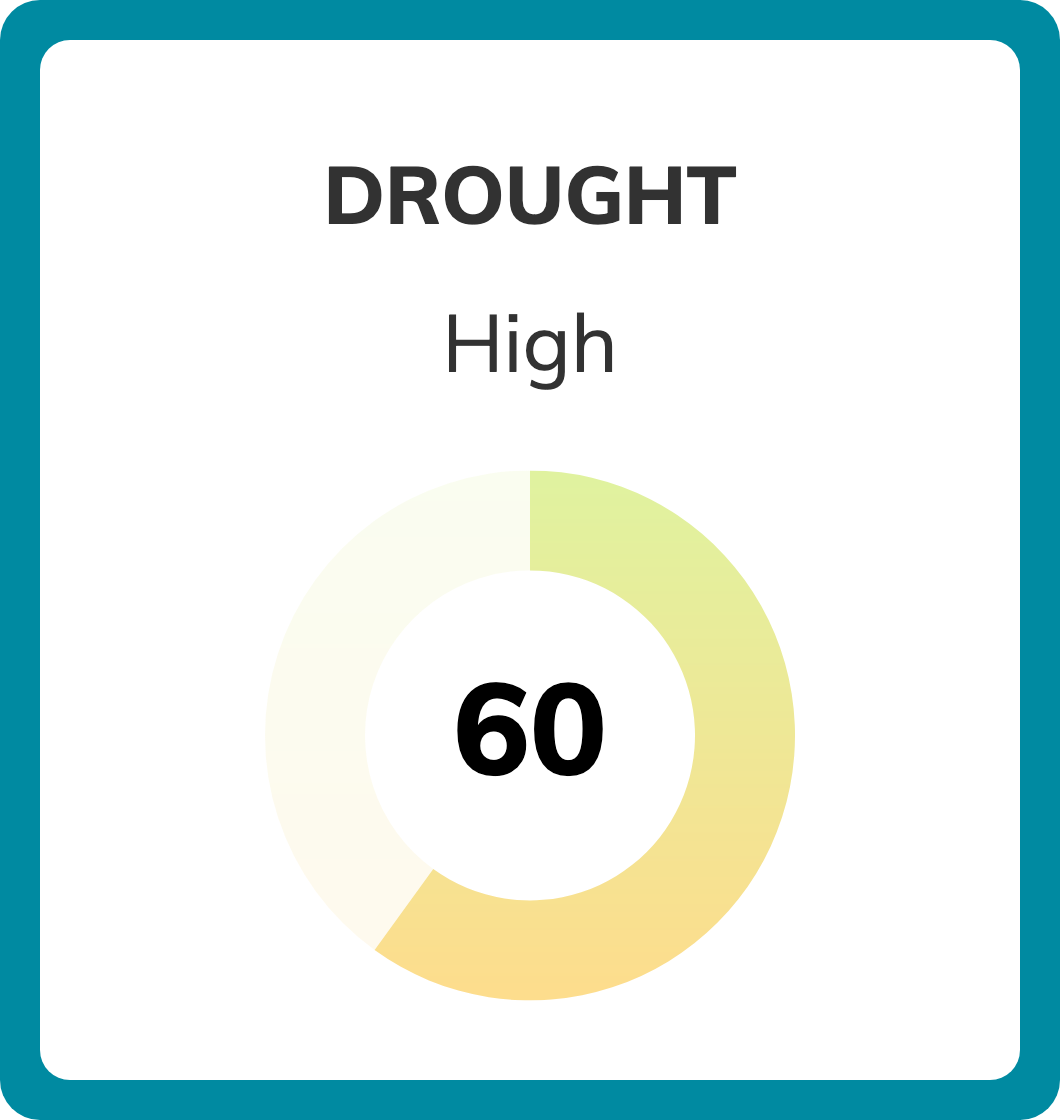
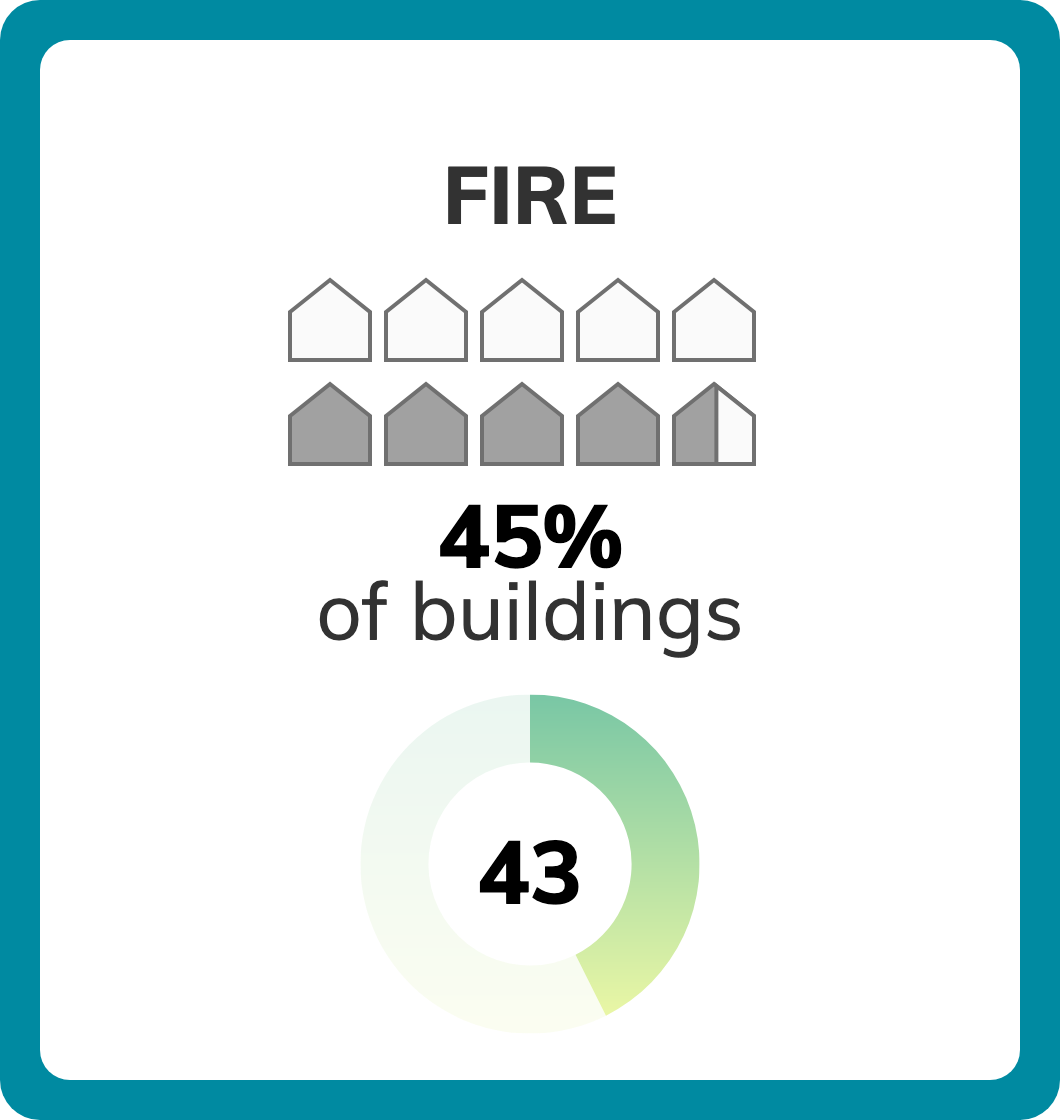
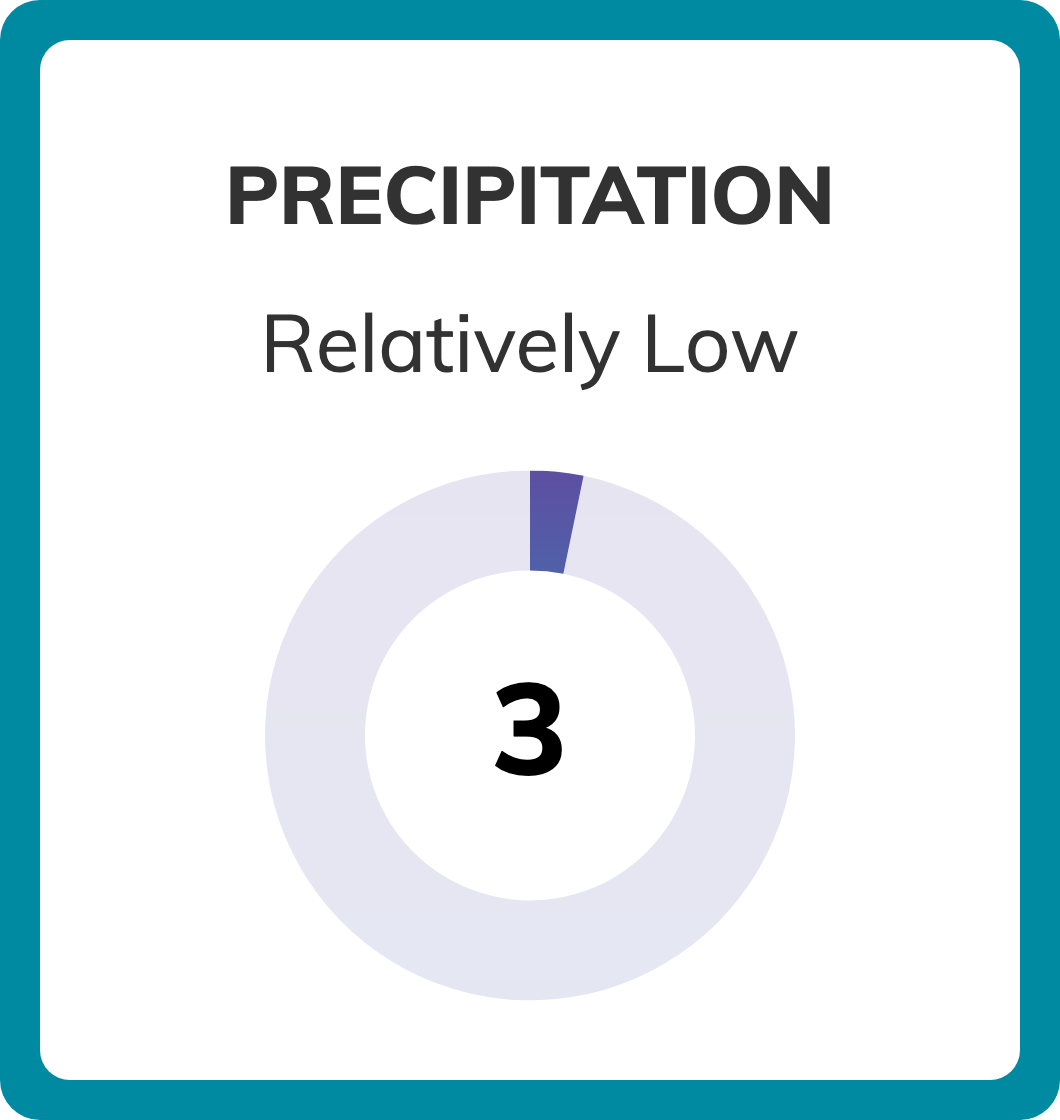
Get an Instant Risk Assessment
People in Phoenix, AZ are especially likely to experience increased risks from heat, flood, and drought.
Risks from extreme heat, drought, flood, and fire are all increasing for Phoenix. Maricopa county, home to Phoenix, is one of six counties in Arizona at risk of becoming uninhabitable to humans in the next 20 to 40 years.
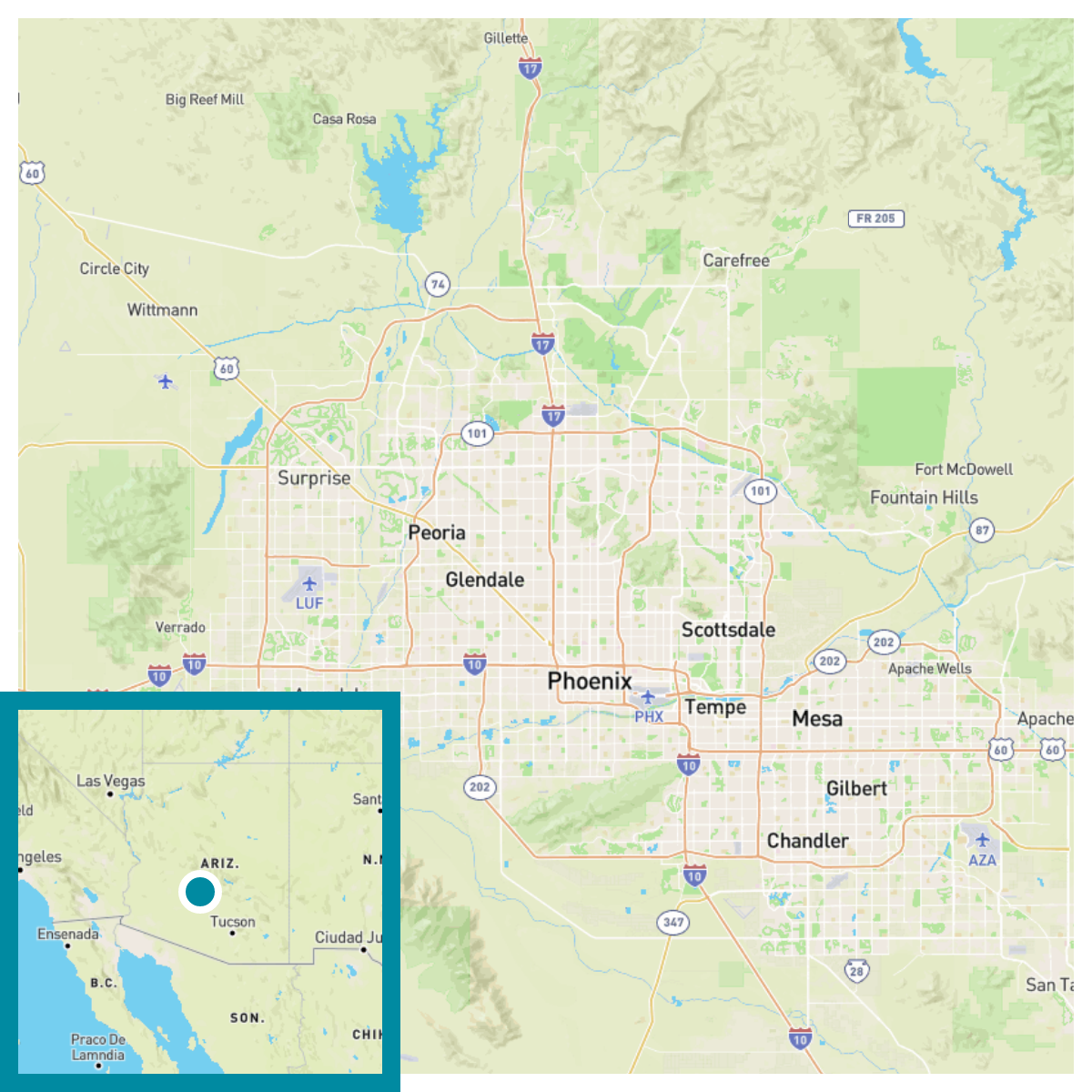
Heat risk in Phoenix, AZ
The number of the hottest days in Phoenix is projected to keep increasing.
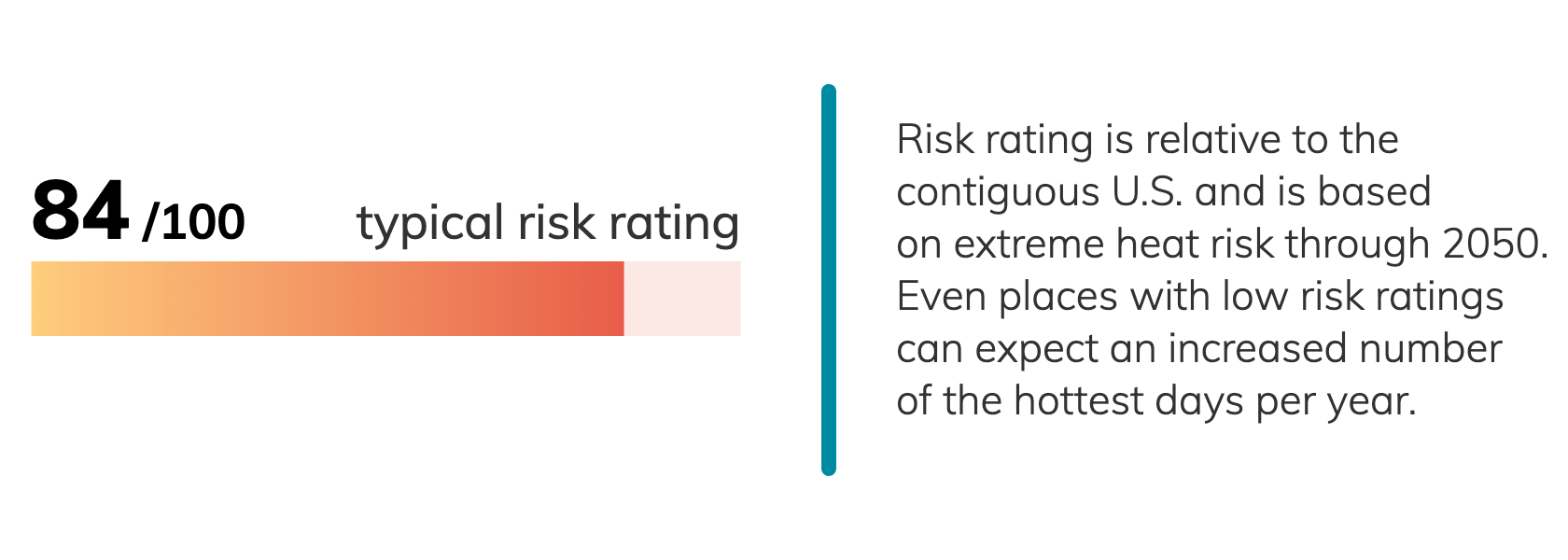
In a typical year around 1990, people in Phoenix, AZ experienced about 7 days above 110.0ºF in a year. By 2050, people in Phoenix are projected to experience an average of about 47 days per year over 110.0ºF.

Flood risk in Phoenix, AZ
Buildings at risk in Phoenix average about a 21% chance of a flood about 2.2 feet deep over 30 years.

Of 788 census tracts in Phoenix, AZ, there are 755 where more than half of buildings have significant risk from surface (pluvial) flooding and riverine (fluvial) flooding. Property owners can check a specific address for flood risk including FEMA flood zone, then take steps to reduce their vulnerability to flooding damage.
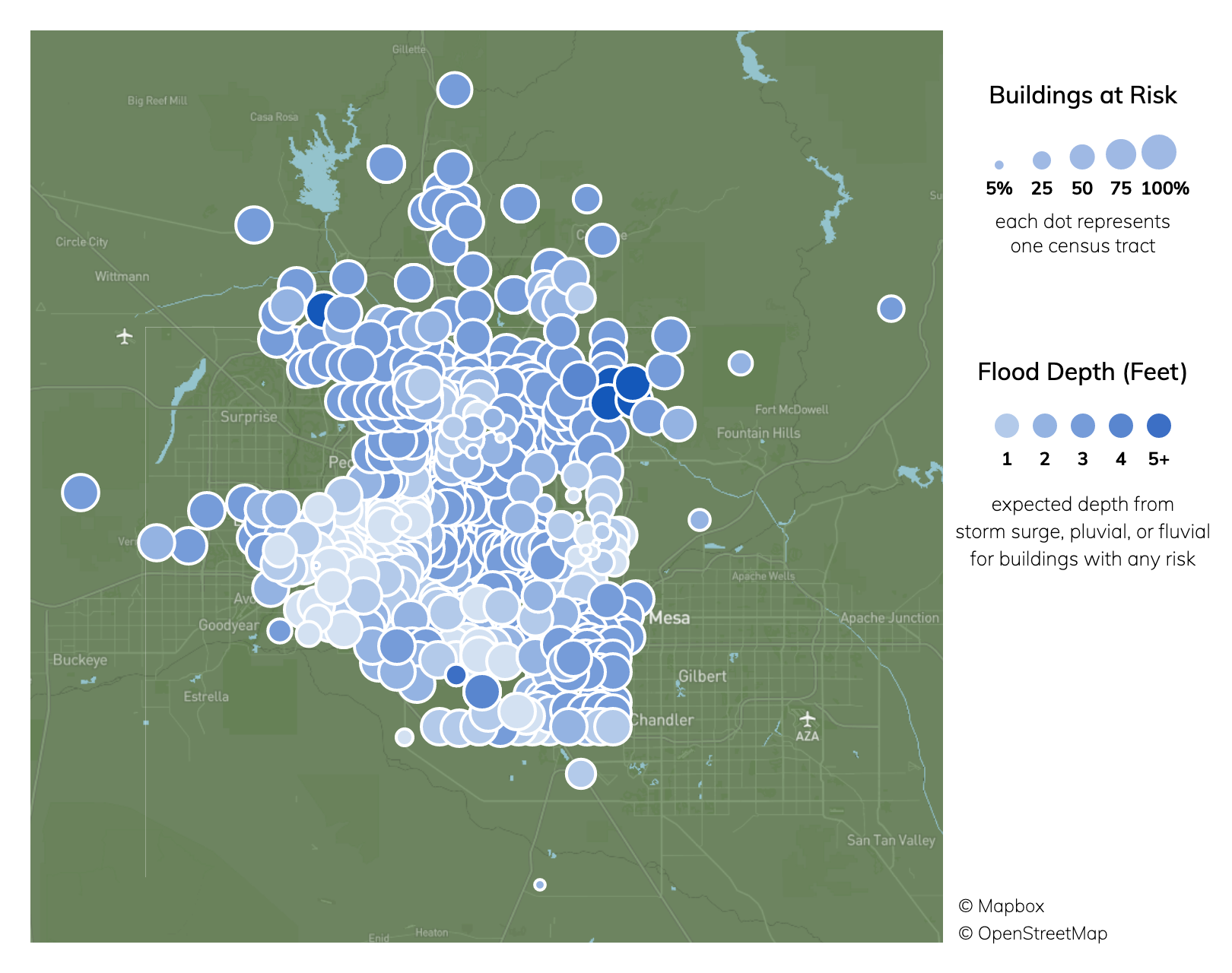
Drought risk in Phoenix, AZ
The average water stress in Phoenix is projected to be higher around 2050 than around 2015.
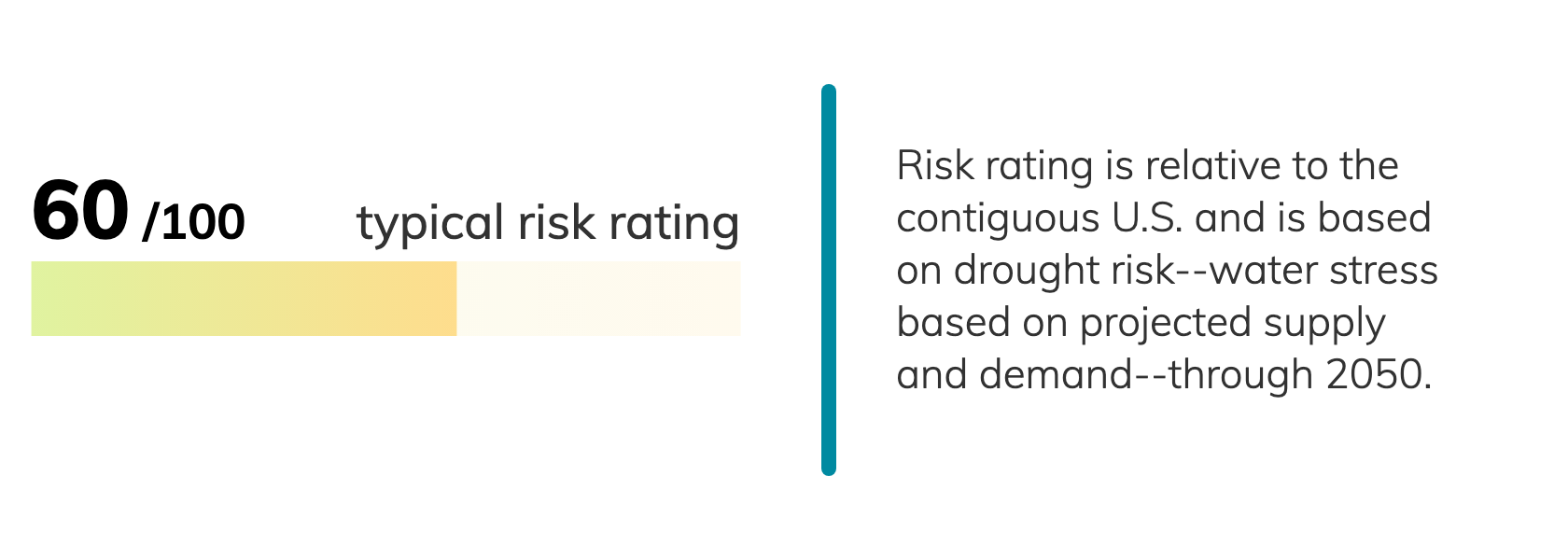
The Lower Salt watershed, which contains Phoenix, AZ, has experienced 1039 weeks (87% of weeks) since 2000 with some of its area in drought of any level, and 228 weeks (19% of weeks) since 2000 with some of its area in Extreme or Exceptional drought. Source: National Drought Monitor.

Fire risk in Phoenix, AZ
The risk on the most dangerous fire weather days in Phoenix is extreme. The number of these days per year is expected to increase through 2050.
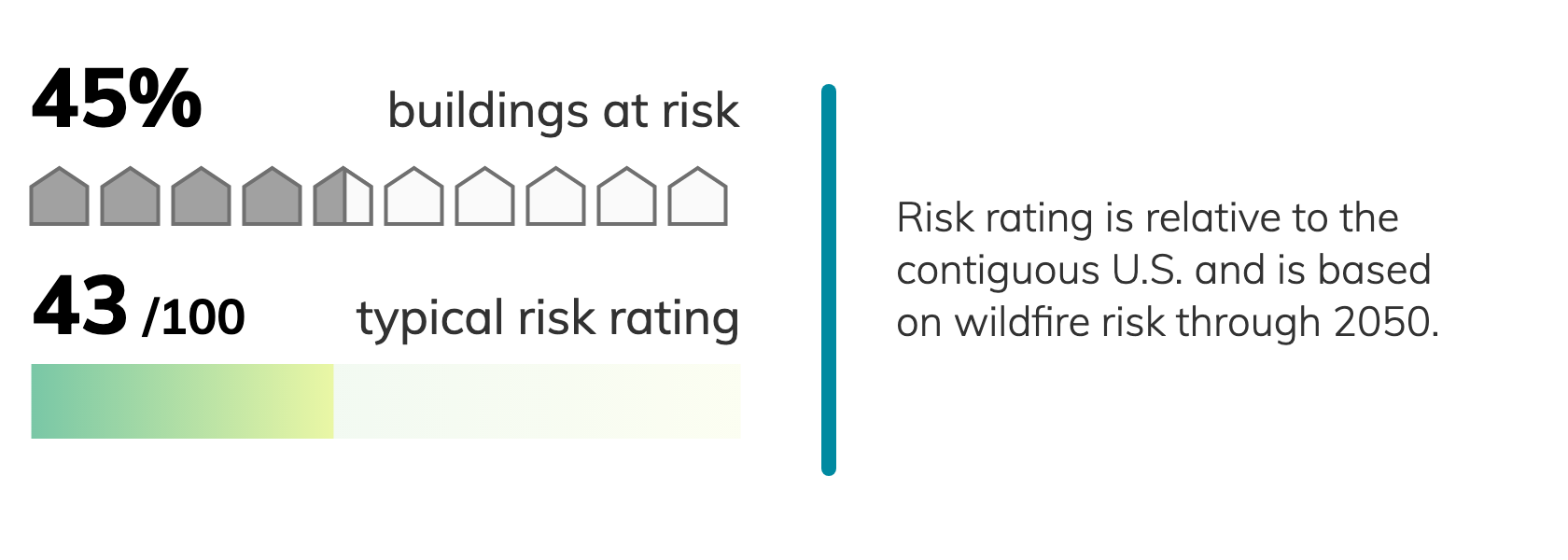
Of 788 census tracts in Phoenix, AZ, there are 389 where more than a quarter of buildings have significant fire risk, and 305 where more than half of buildings have significant fire risk. Property owners can take steps to mitigate their risks from wildfires.
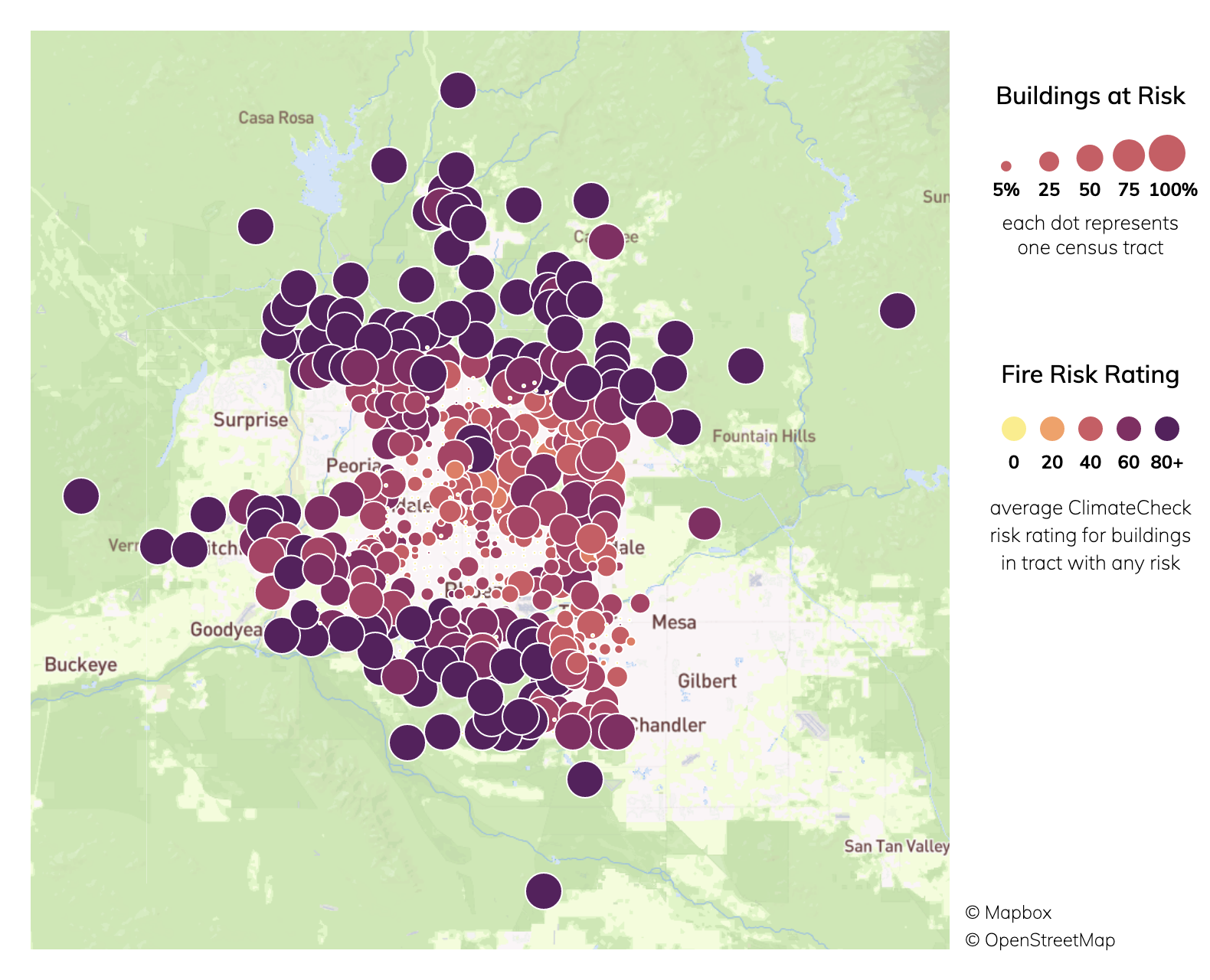
Precipitation risk in Phoenix, AZ
The share of precipitation during the biggest downpours in Phoenix is projected to increase.
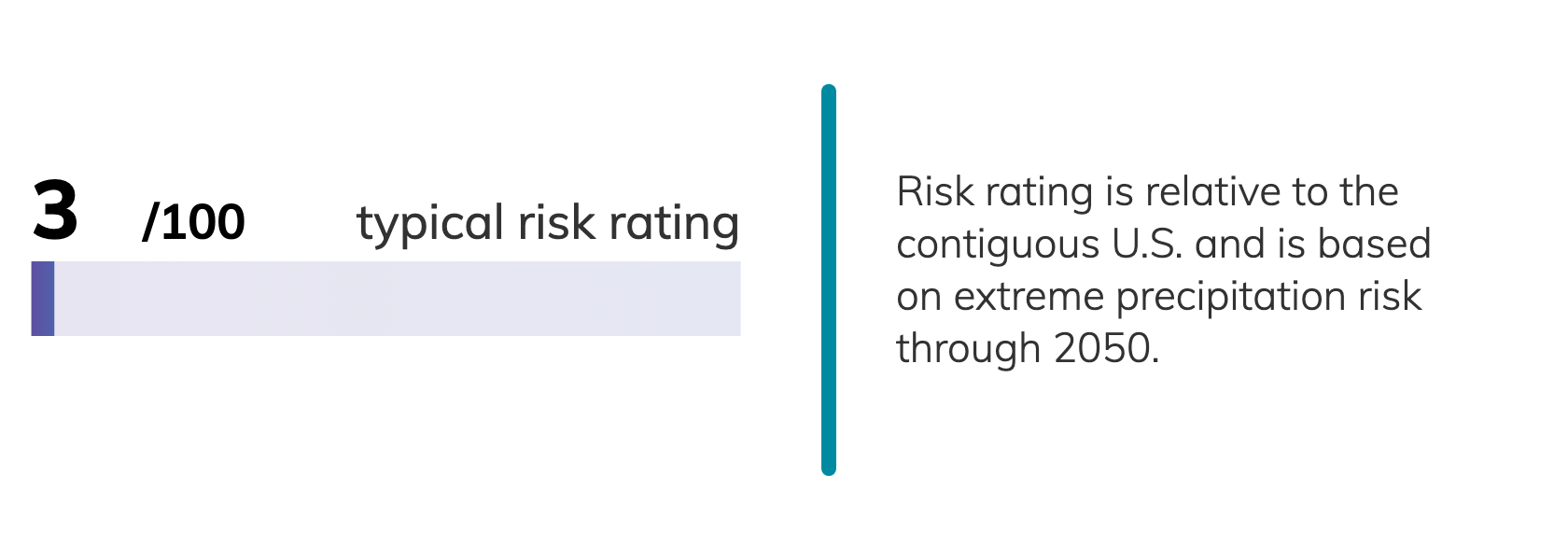
A downpour for Phoenix, AZ is a two-day rainfall total over 0.3 inches. Around 1990, about 62.0% of precipitation fell during these downpours. In 2050, this is projected to be about 65.0%. The annual precipitation in Phoenix, AZ is projected to remain about 8.4".

How can we limit climate change and live in a transforming world?
The projections on this page describe a future that we still have a chance to avoid. To keep average global warming below 1.5ºC—the goal agreed on in the 2015 Paris Climate Accords—we need to act rapidly to drastically reduce greenhouse gas emissions.
Understand Risks
The risks presented on this page reflect modeled averages for Phoenix, AZ under one projected emissions scenario and can vary for individual properties. To find out more, check a specific address and request a report describing risks to your property and in your area.
Reduce Emissions
The latest Intergovernmental Panel on Climate Change report states: “If global emissions continue at current rates, the remaining carbon budget for keeping warming to 1.5ºC will likely be exhausted before 2030.” This remaining carbon budget is about the same amount as total global emissions 2010-2019.
Protect Homes and Communities
Check our free report for tips on protecting your home from hazards.